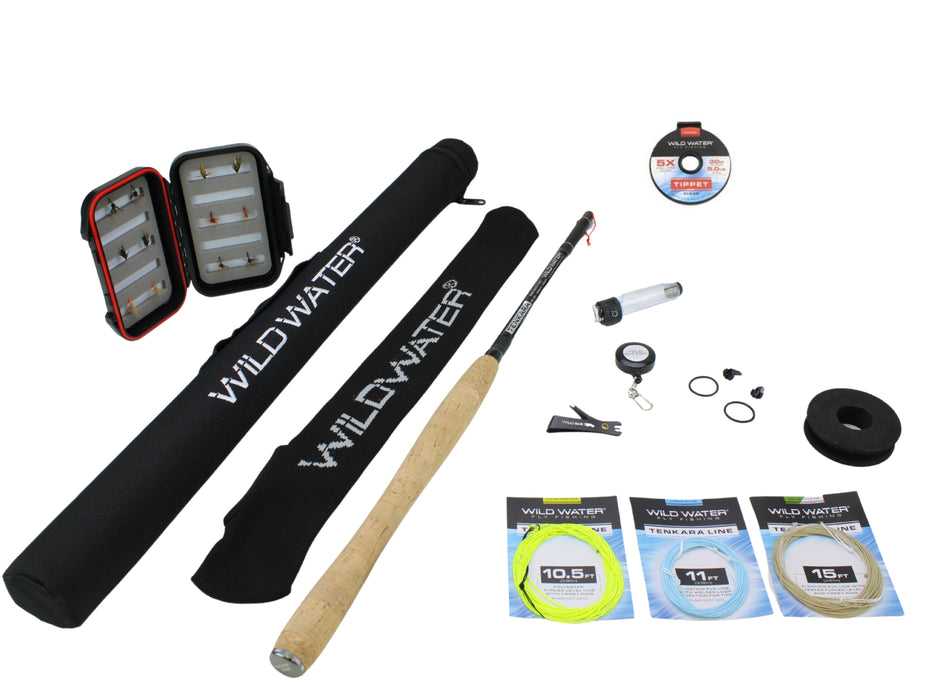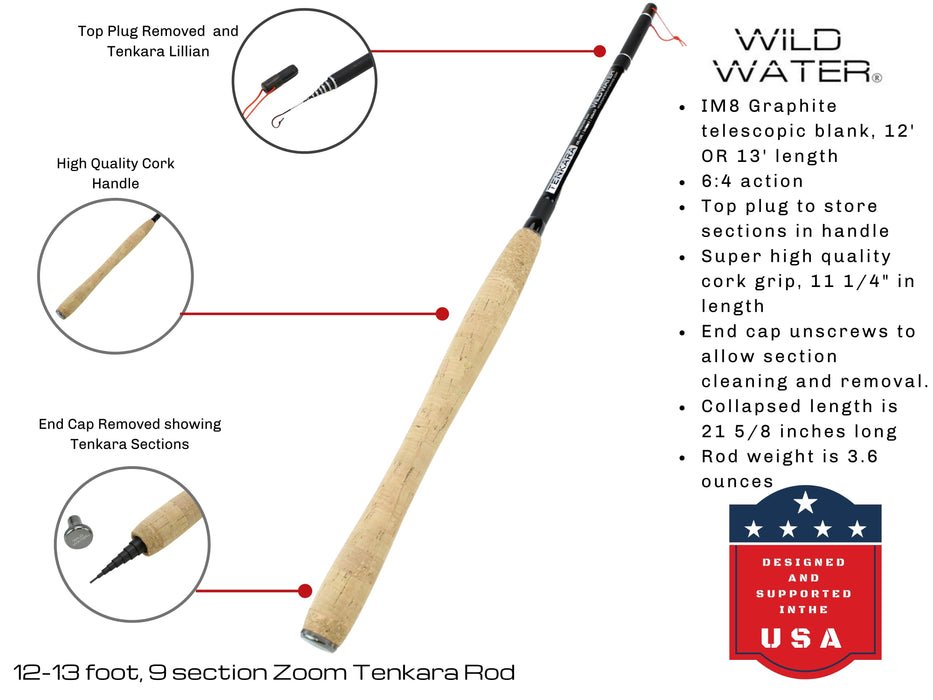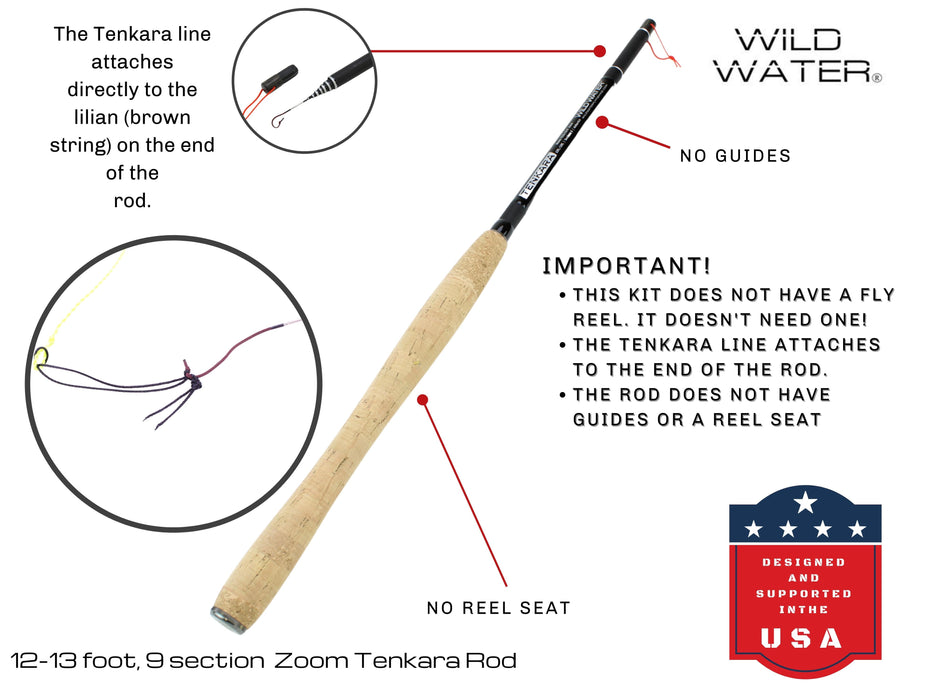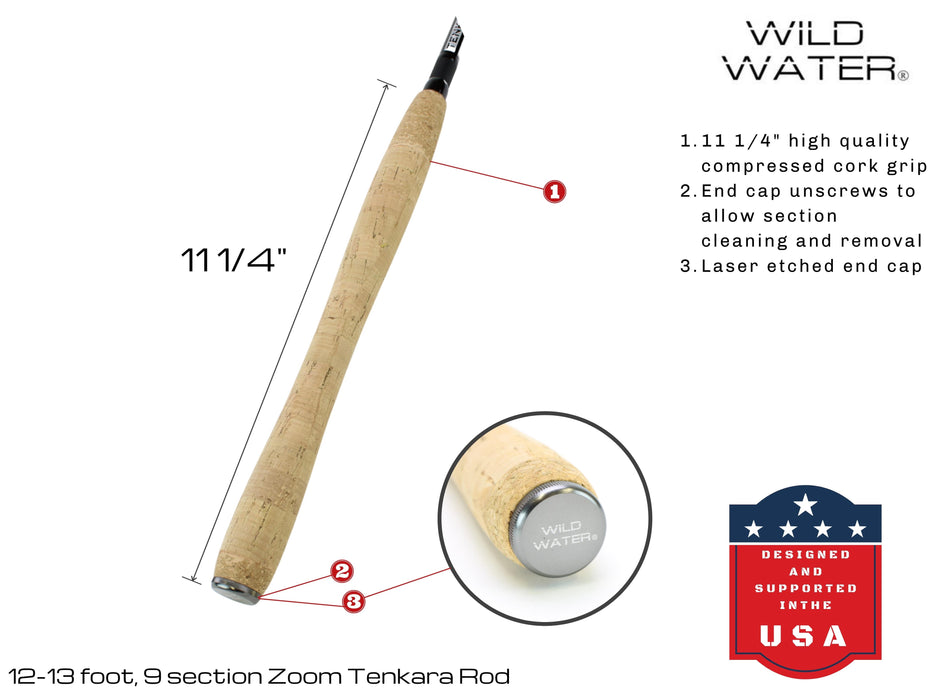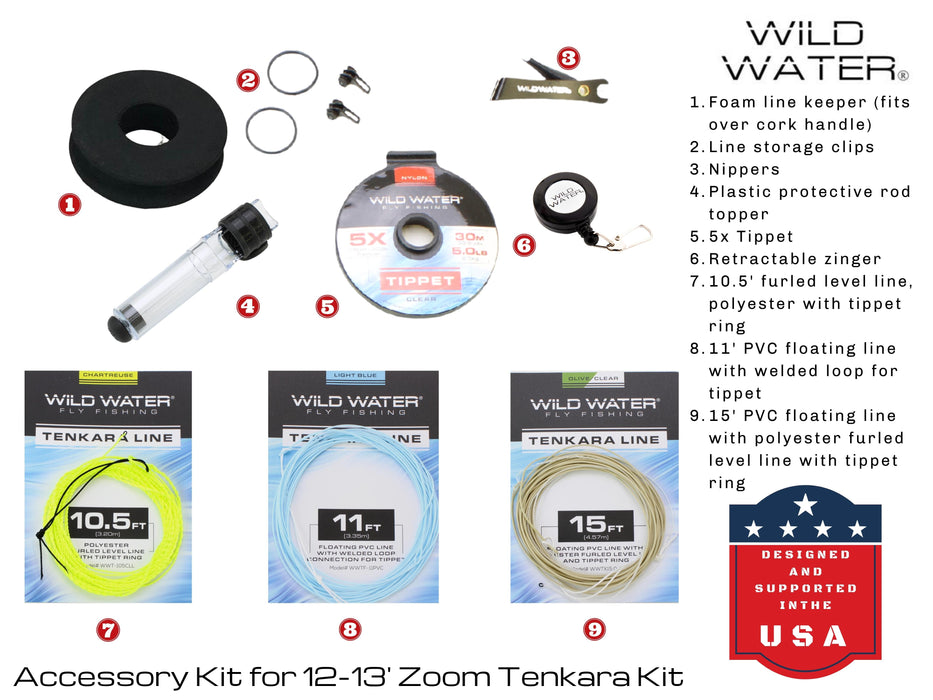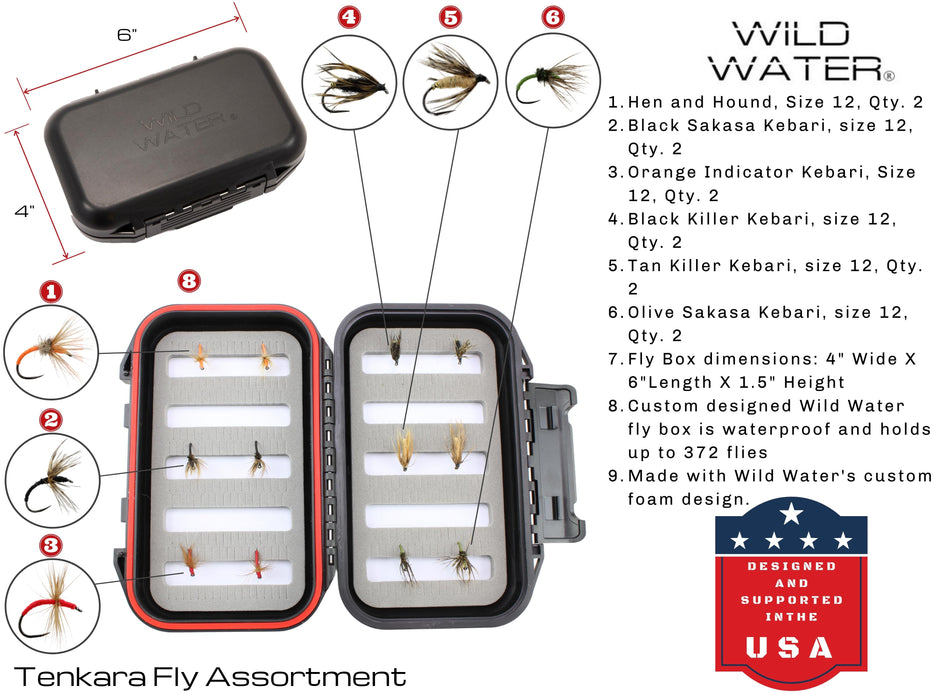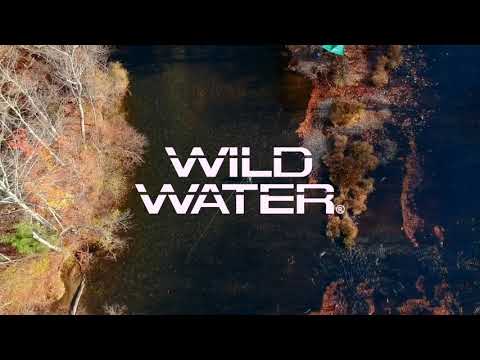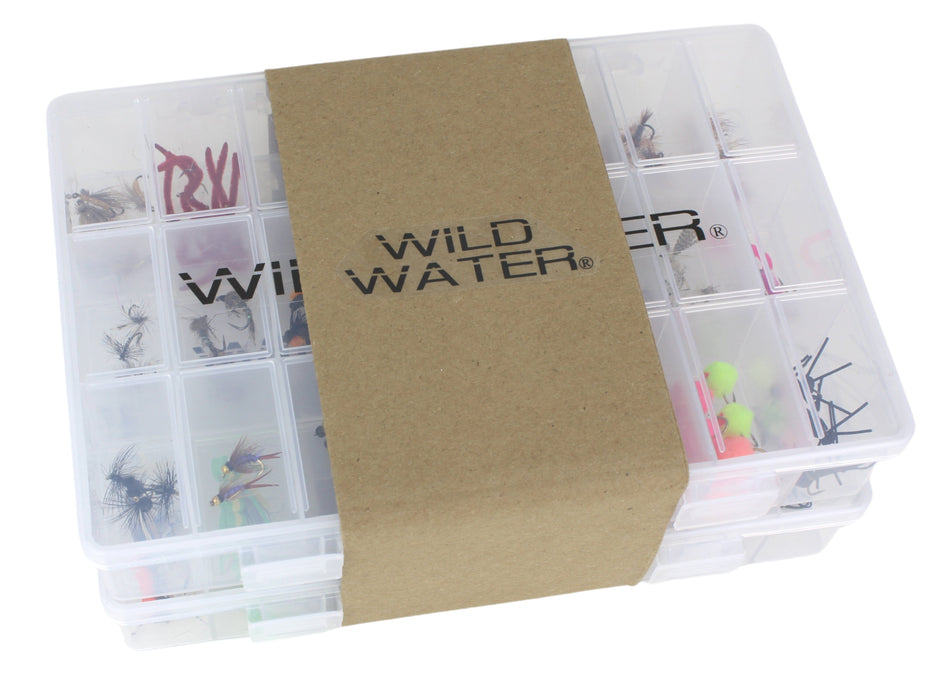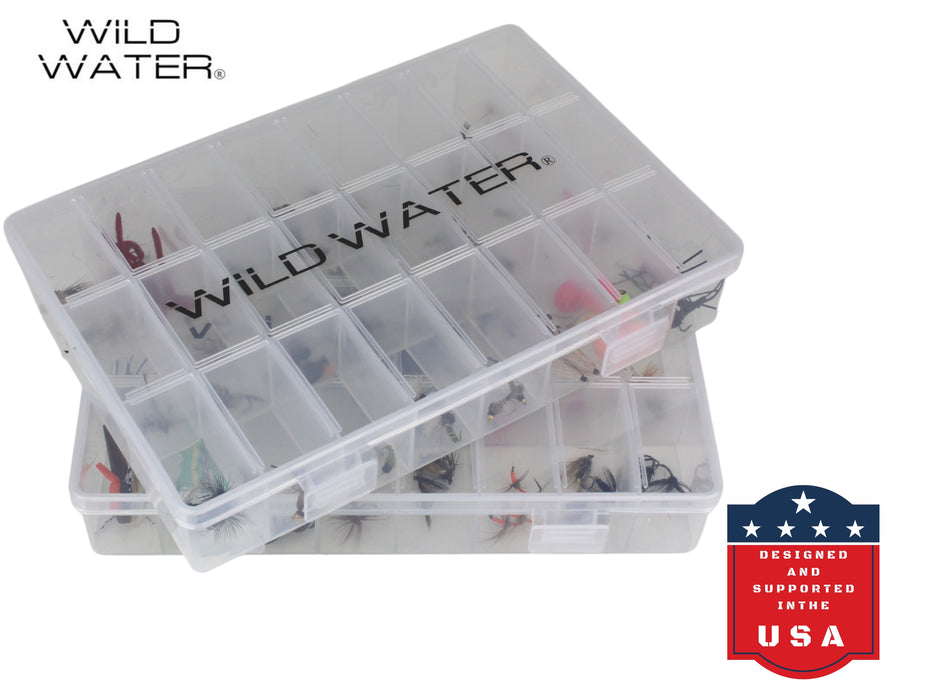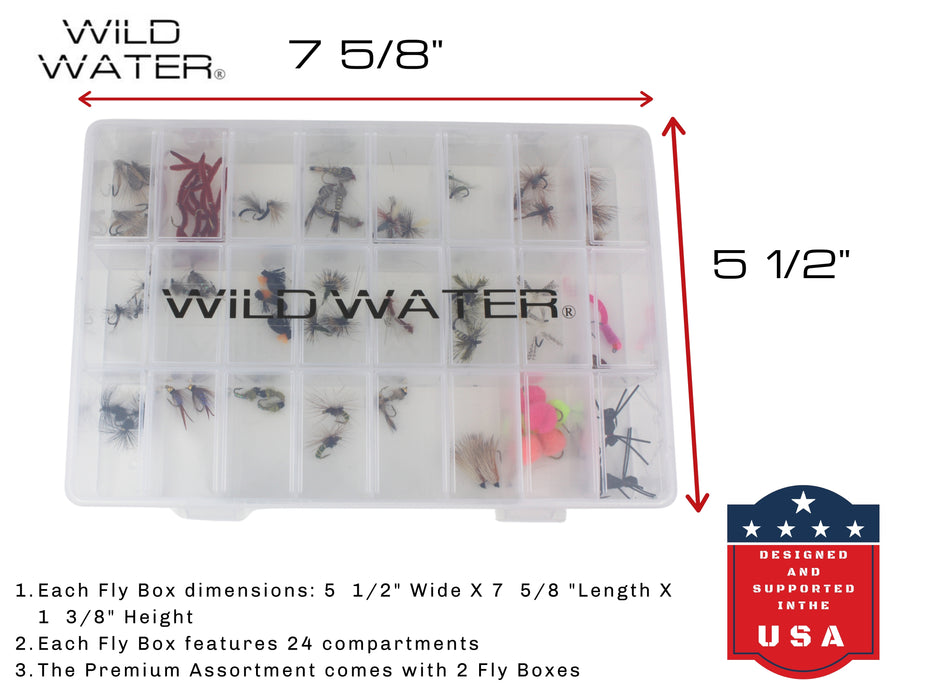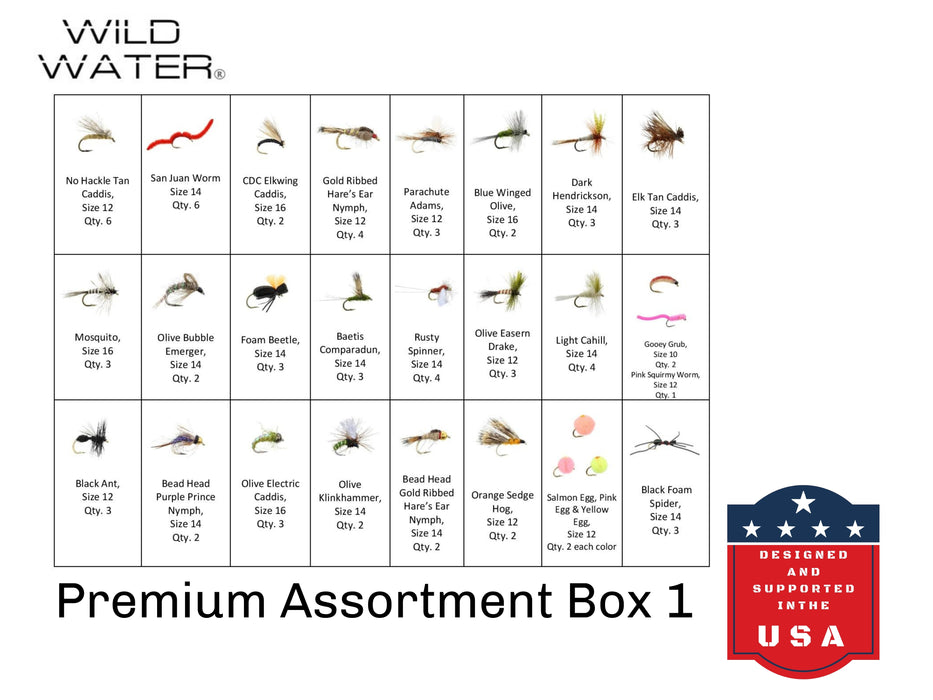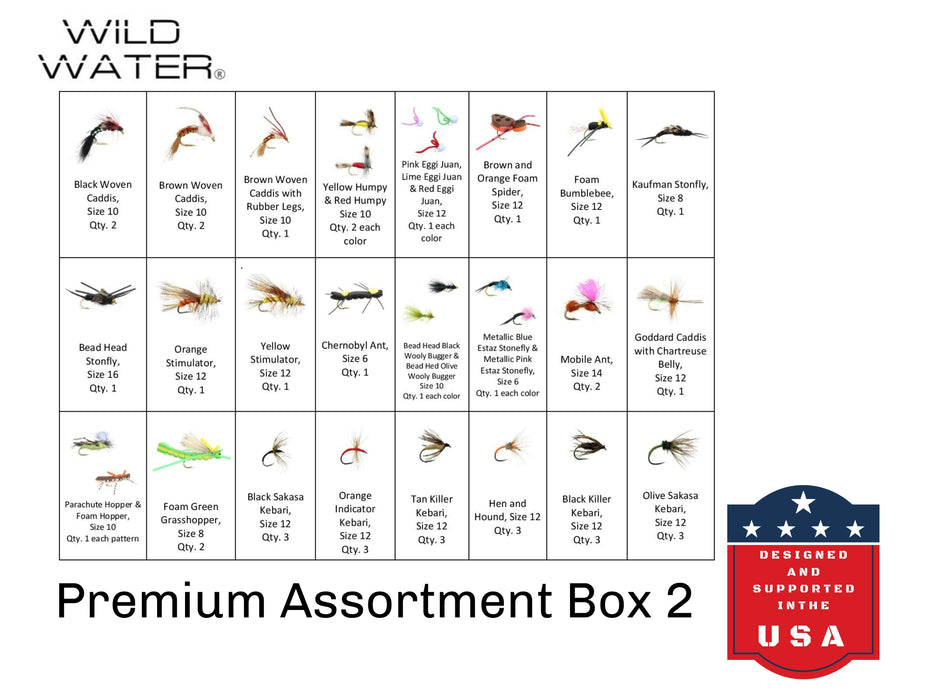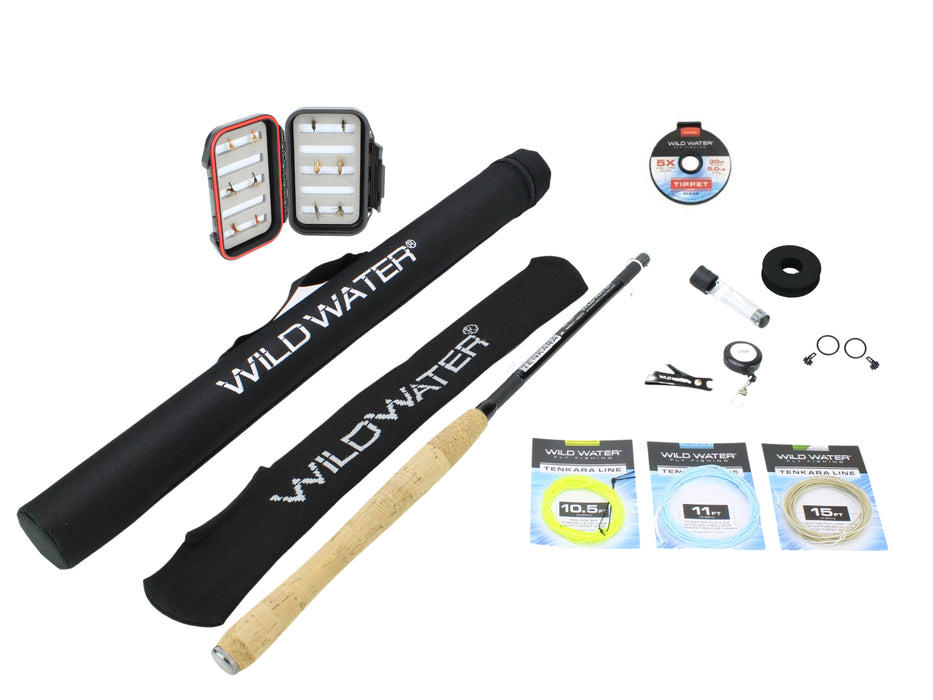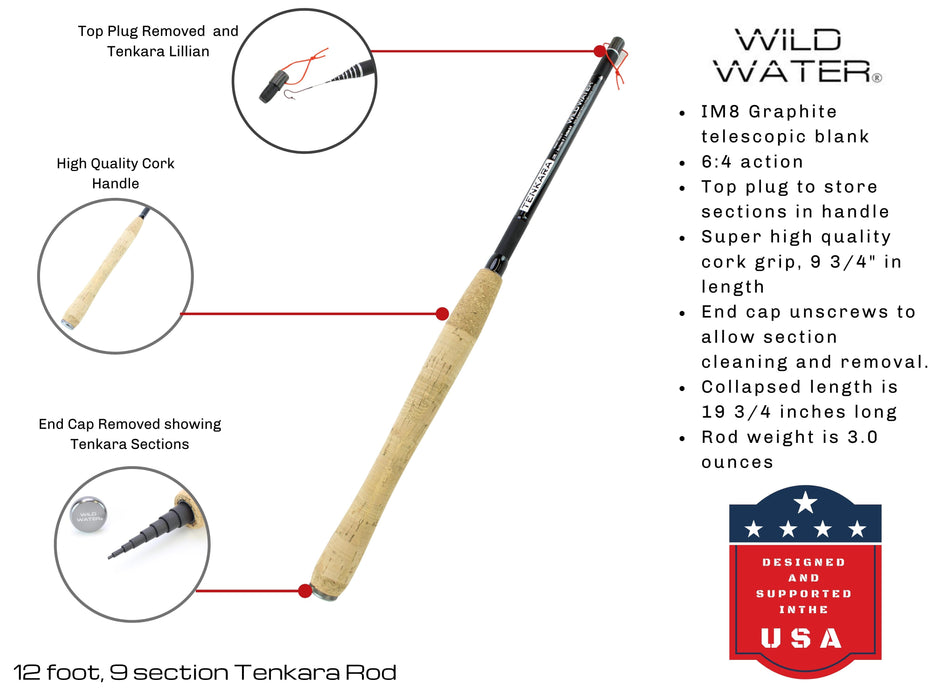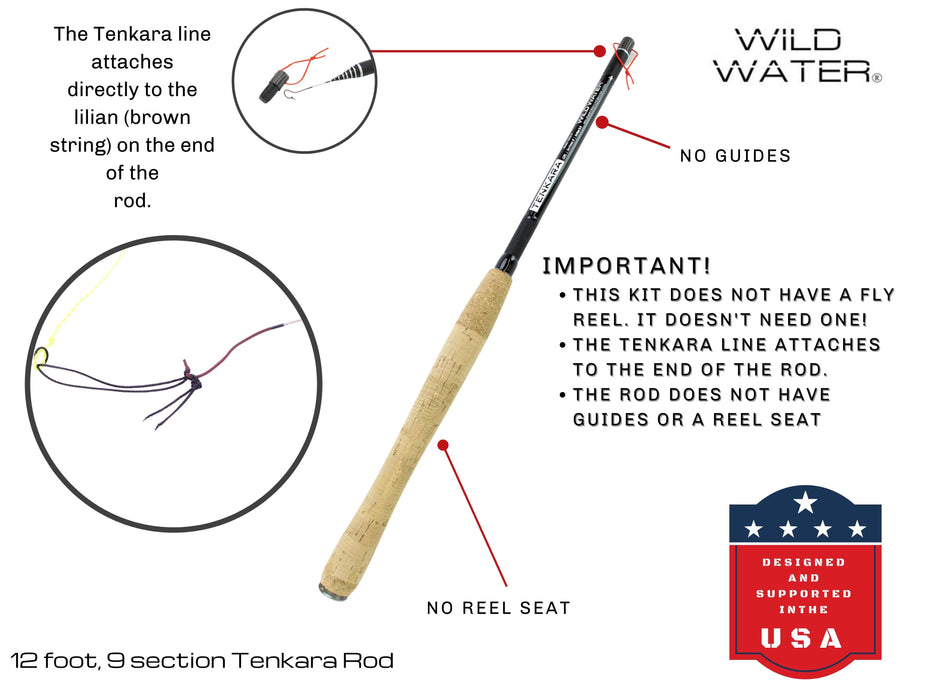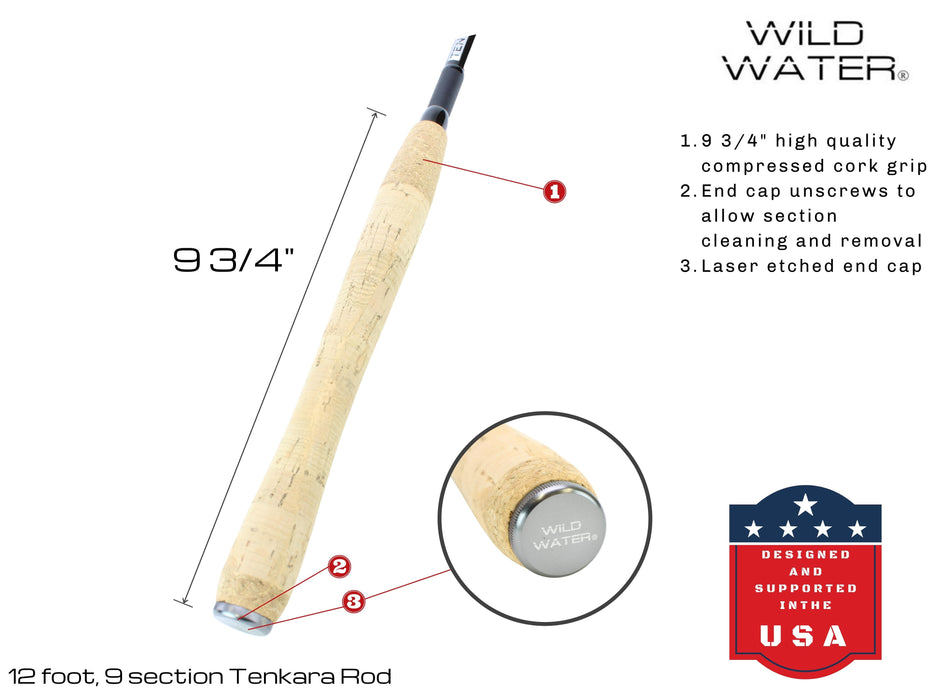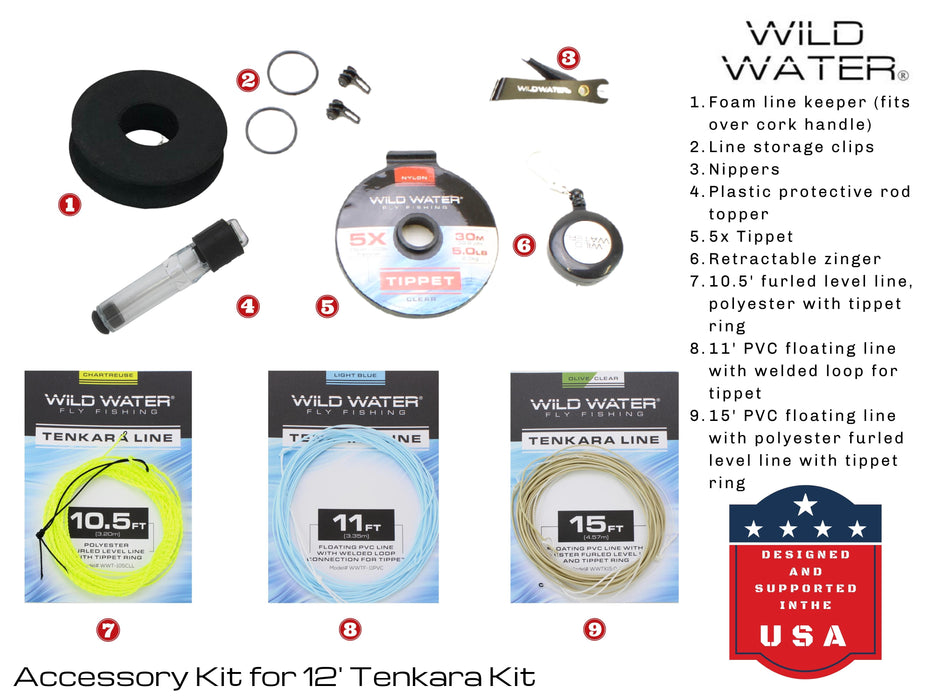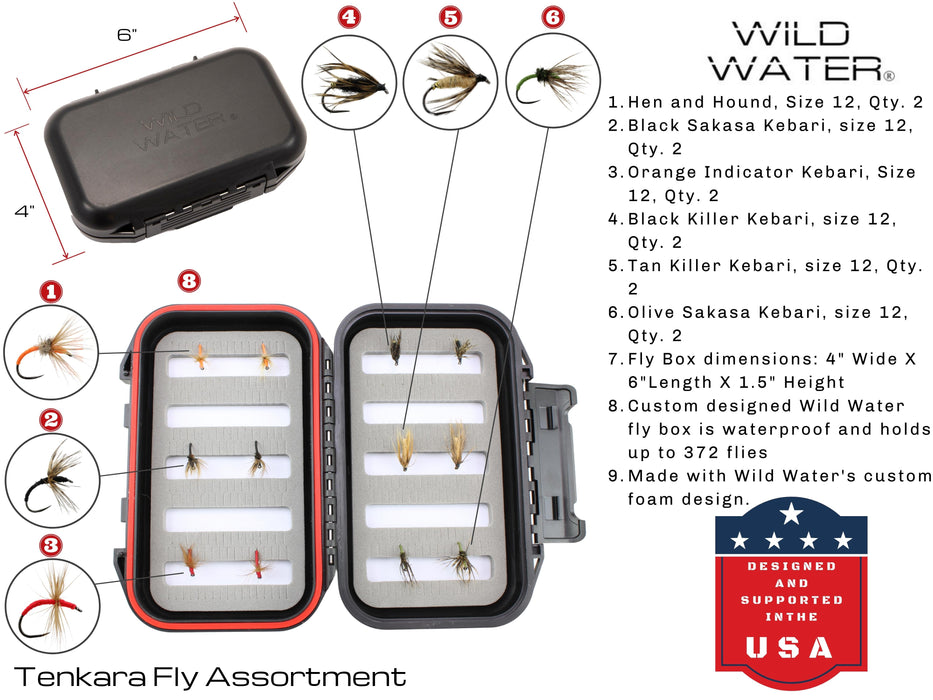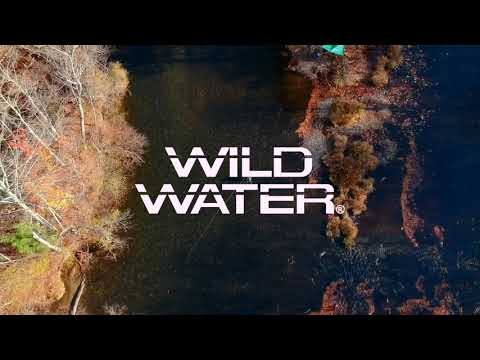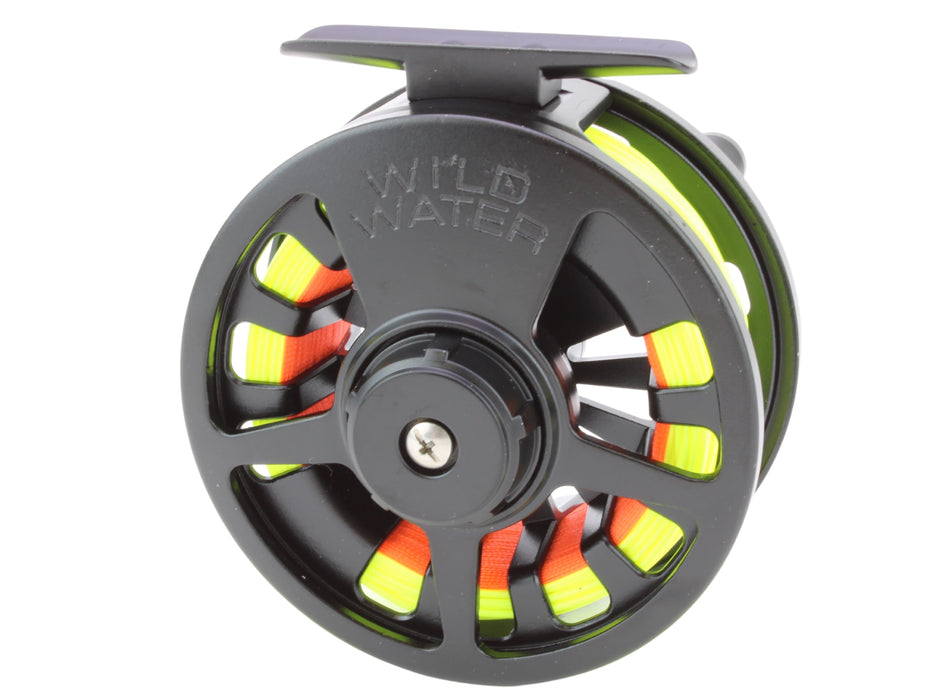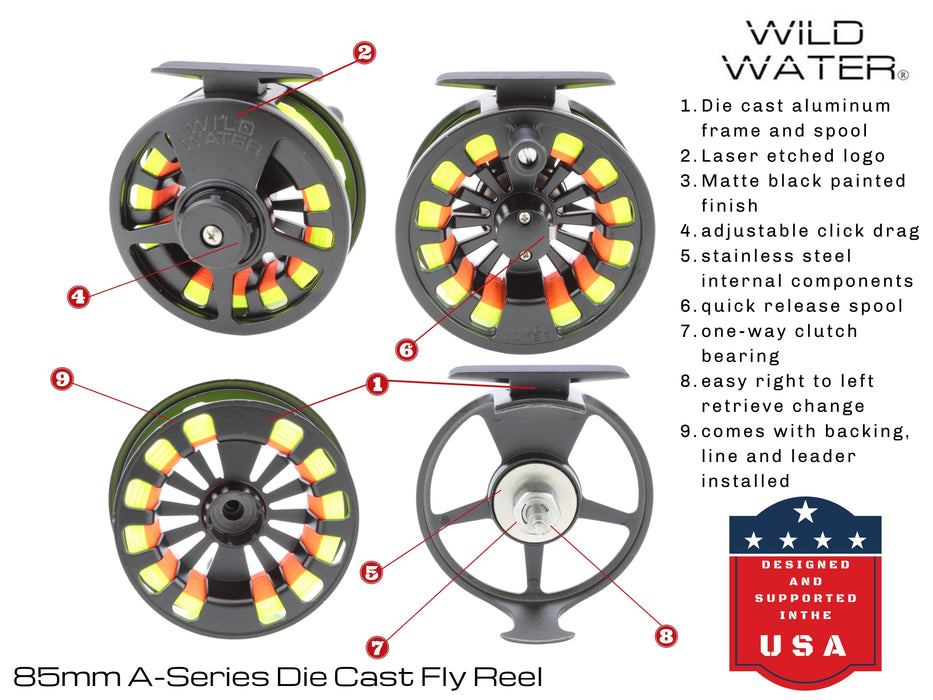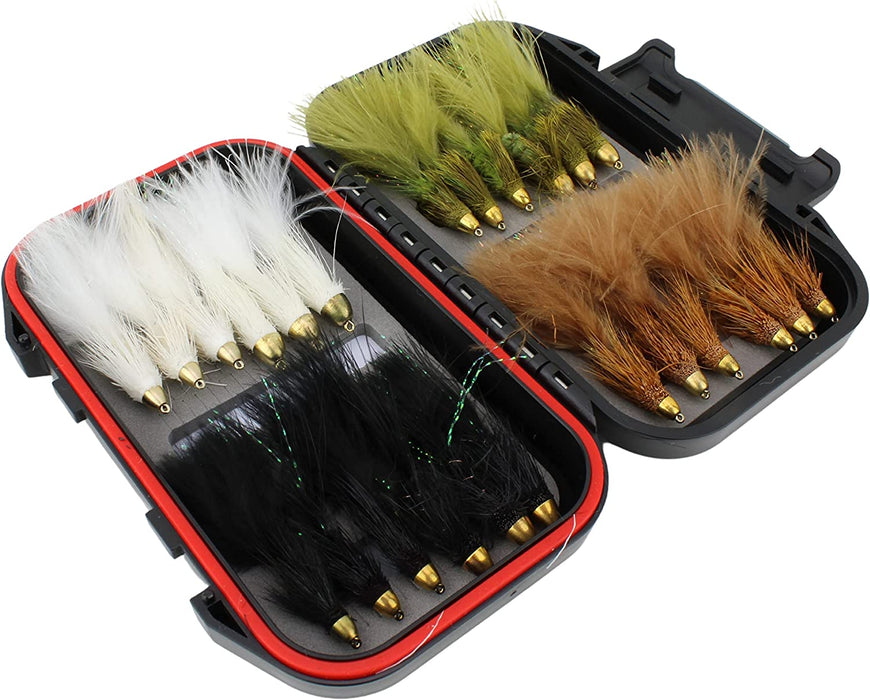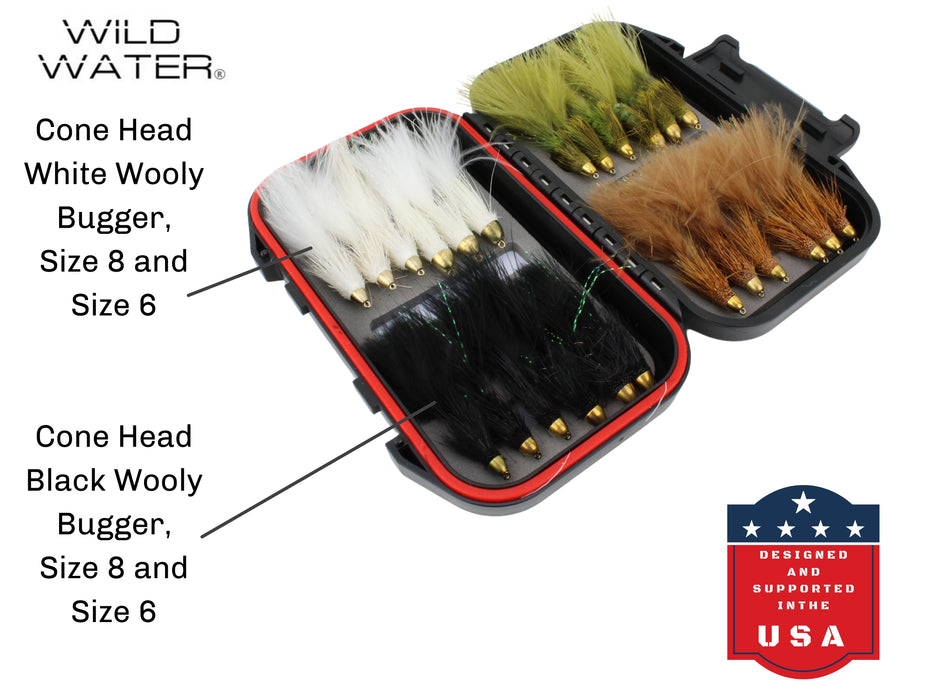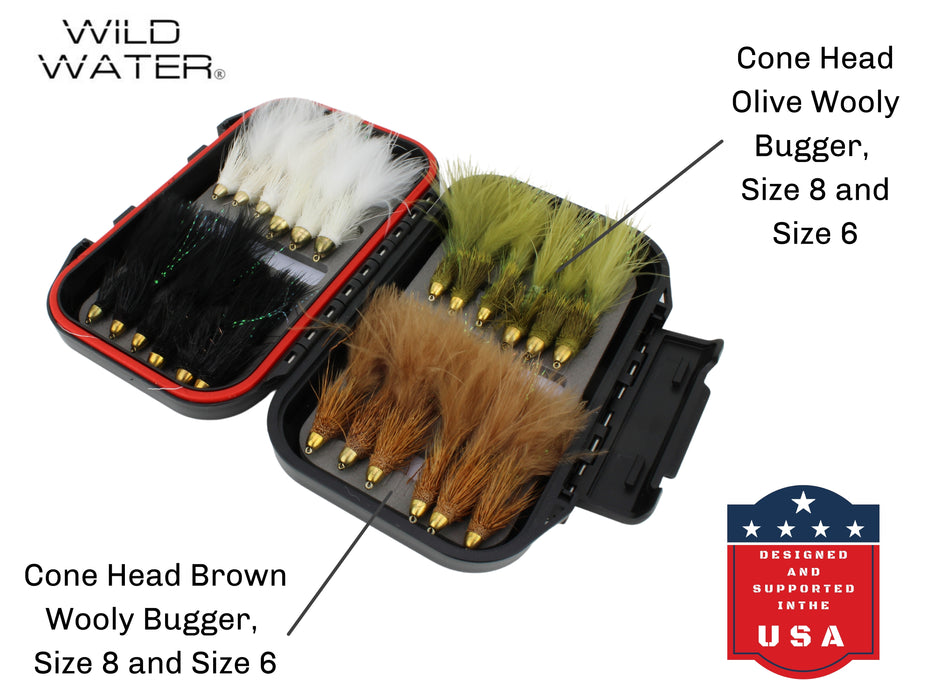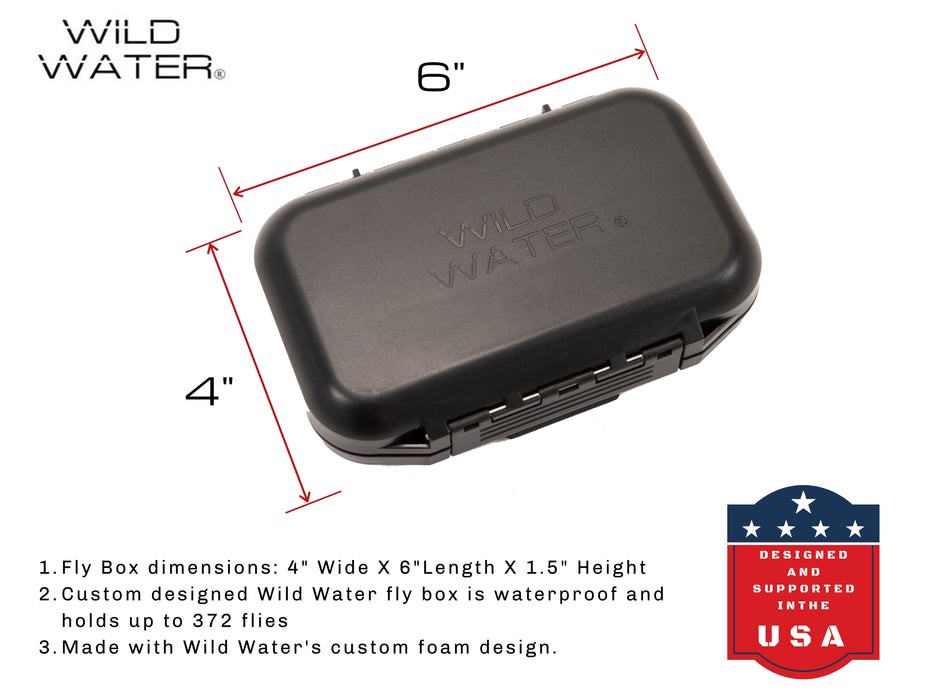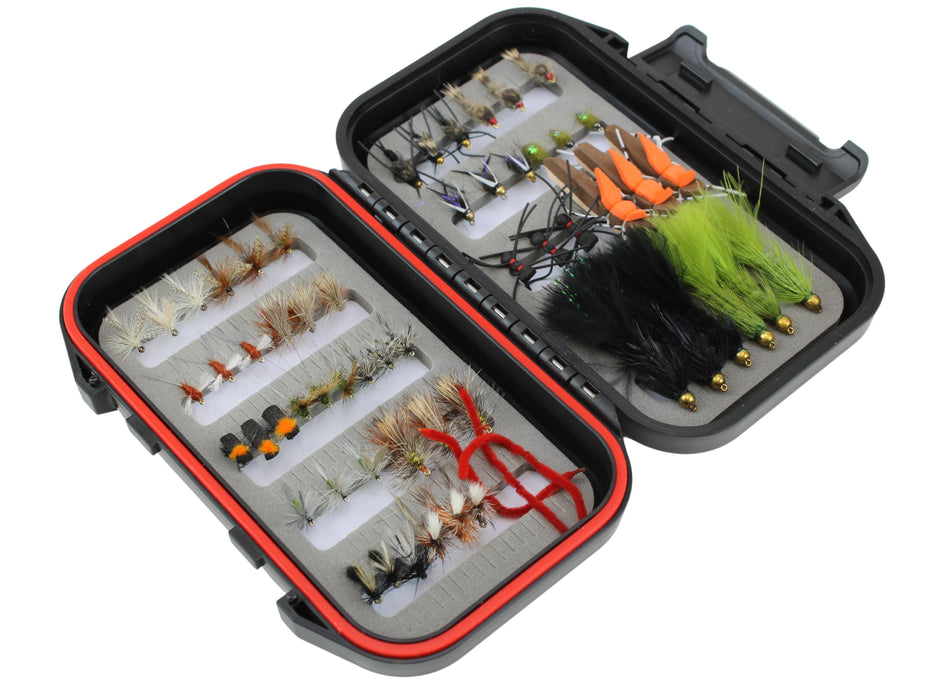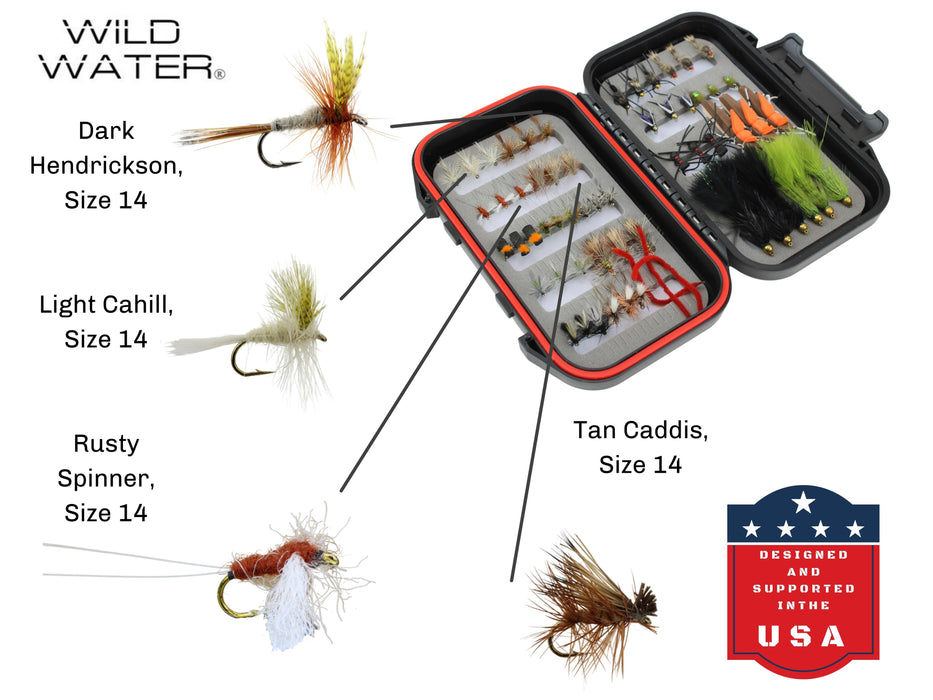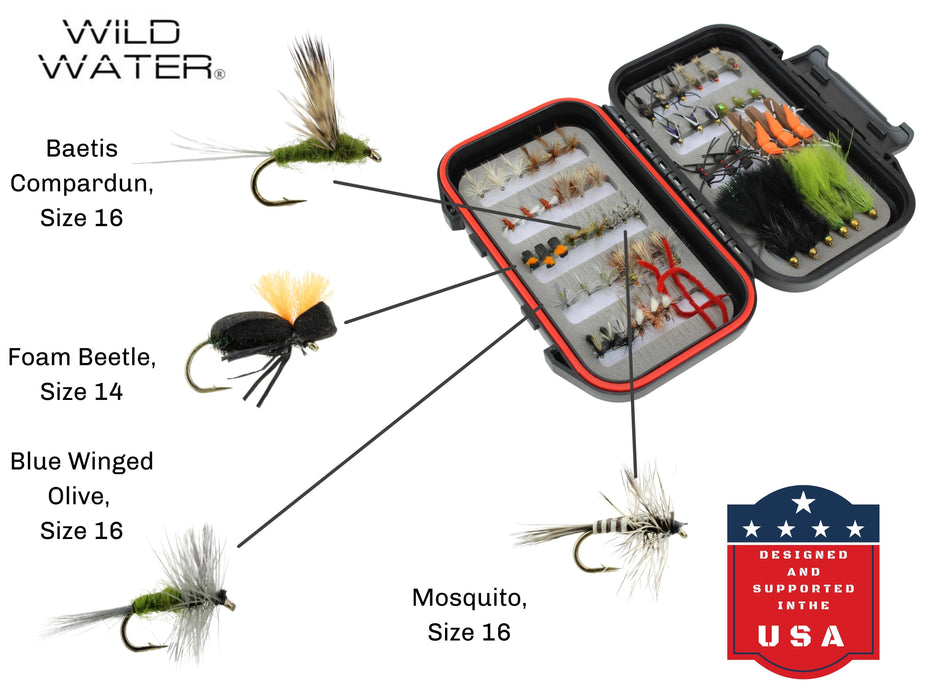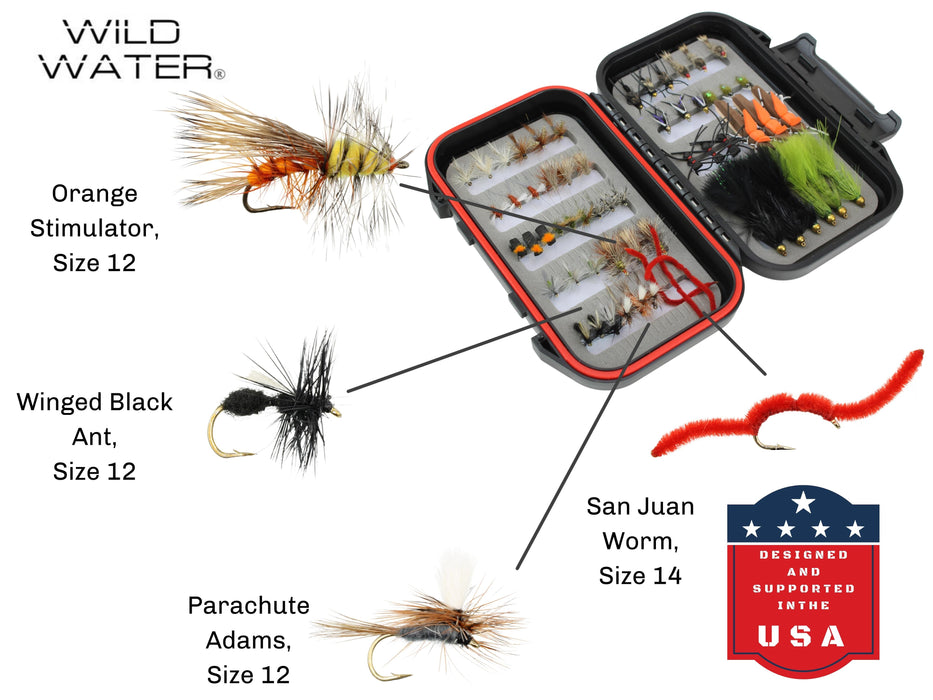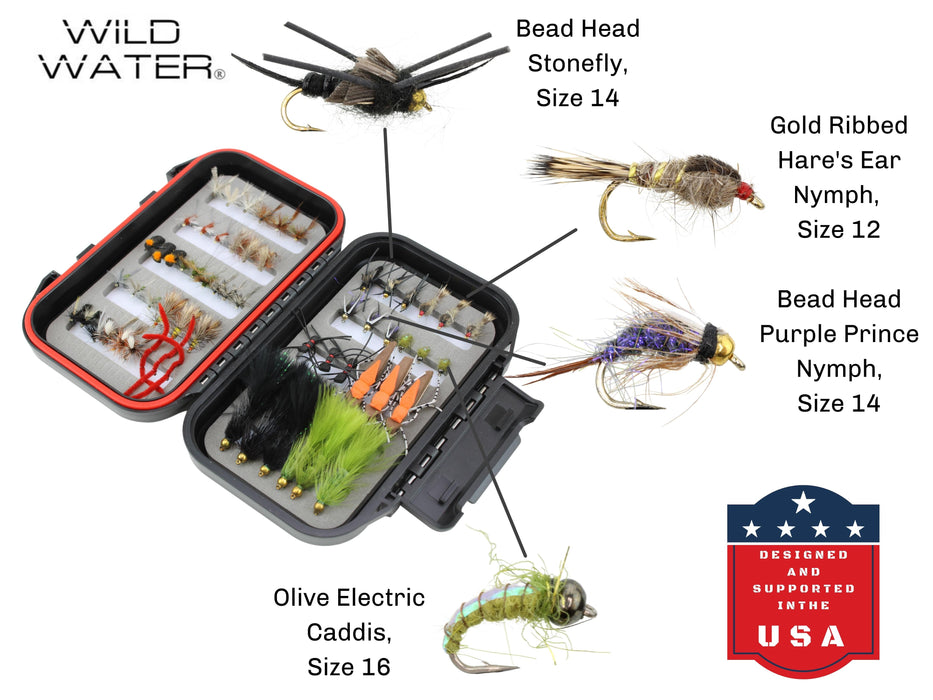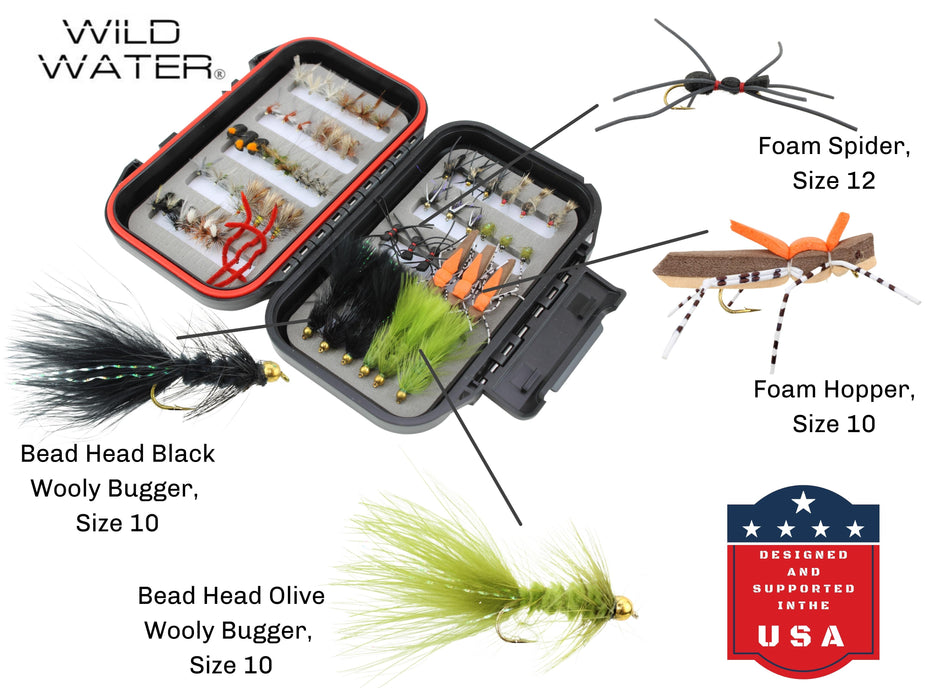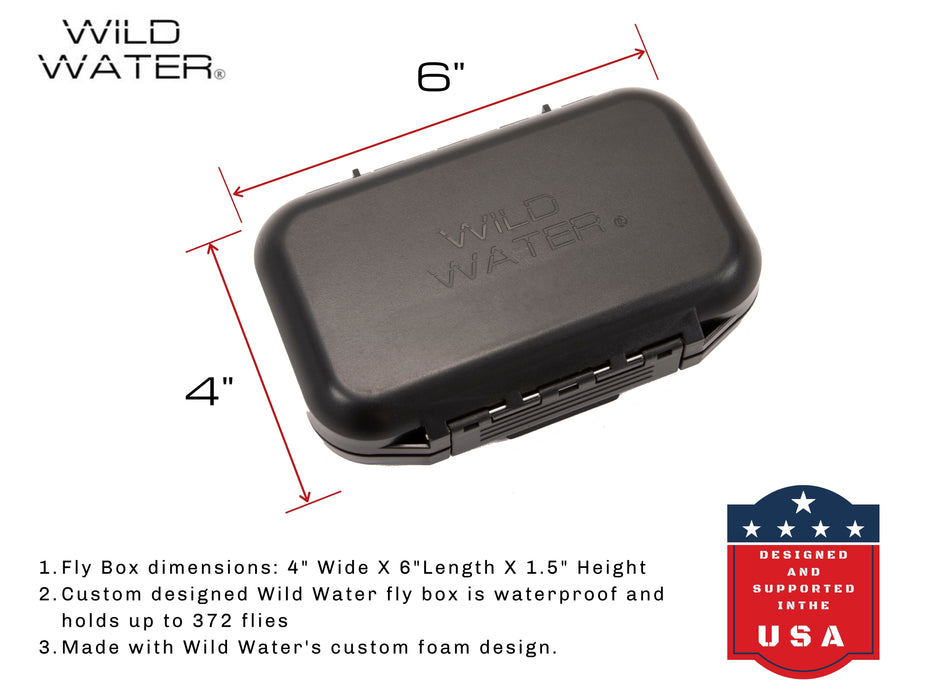Sometimes there are days when you just have to be on the water. The overwhelming desire is too much to handle and you go regardless of the weather and water conditions. The more fly angling experience you gain, the more common this feeling is. It often seems to arrive in the dead of winter when you’ve been stuck inside for far too long. The good news is that the winter months are some of the best times to fish.
If you’re going to go, it’s best to be prepared for cold weather fly fishing. Here are a few tips to make your day on the water more successful and comfortable.
Tips for winter fishing:
Time of day
Spend your morning doing something else besides fishing. The fish won’t become active until the warmest parts of the day. So if you can hit the water on a sunny day around mid-afternoon, you’ll be good to go. Also, cloudy days with no wind are very productive.
How to fish
Low and slow is a great technique in the winter. Fish a nymph under an indicator on sinking tip line and dead drift it through the seams and pools. The fish aren’t looking to attack a stripped streamer. They almost need to be hit in the face with the fly.
High-stick your rod and manipulate the line accordingly. As soon as you see that indicator dip, it’s a bite. The takes are subtle, but they will happen.
If you do see rises, they’re likely hitting midge patterns. Bring your emergers along just in case the fish are surface feeding. Also, Black Stoneflies will also catch you fish in the winter.
Location:
Tailwaters (rivers where water flow is controlled by a dam) are always going to produce fish in the winter months. Their water temperatures stay fairly consistent all year. The large rivers in the Western United States like the Bighorn, Snake, Gunnison and Madison are great options. Access is a bit easier and you can combine it with some other wonderful sightseeing.
Dealing with ice:
If it is cold there will be ice. Safety first - don't stand on it and fish. In a warming period, when the ice is breaking up, it is even ore dangerous. When the ice is thawing rapidly, the floating chunks of ice make it impossible to fish. It's better to fish when it is cold, not on a warm day after a clod period. If there is enough open water to fish, the ice shelves create cover for the fish. The fish could be anywhere.
Your gear will get covered with ice as your fly line is drawn out of the water the water will freeze on your guides and your reel. You'll need to break it off or thaw it to keep fishing.
Dress Accordingly
Hat
Your mom’s suggestions to put on a hat and gloves should be followed for cold weather fly fishing. Bring a beanie of some sort. Depending on the wind and snow factor, you may want to purchase a hard shell beanie that blocks the wind and keeps your head dry. Combine the hat with a cold weather Buff. These will keep the rest of your face and neck warm while you’re fishing.

